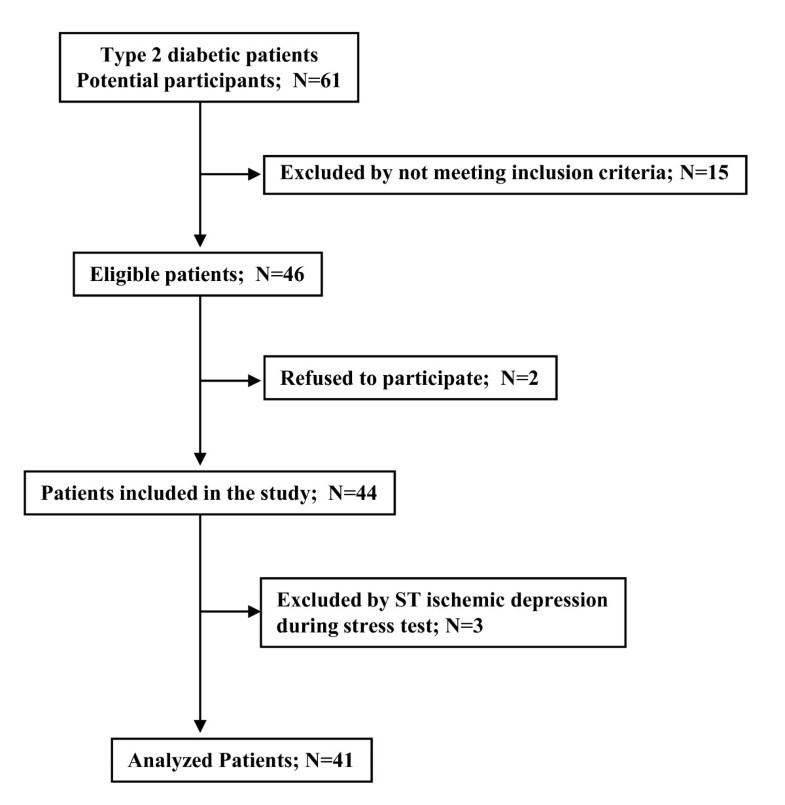

Identifying people with prediabetes in a community, especially among those with a poor socioeconomic status, would be greatly advantageous for the design and implementation of proper interventions to reduce the rate of DM development or delay its onset. The Thai government allocates a large amount of money yearly to care for patients with noncommunicable diseases, including diabetes. Those who had a low socioeconomic status had low rates of proper diagnosis and care. The prevalence was high among people 30 years and older. The Ministry of Public Health, Thailand, reported that the overall prevalence of prediabetes among Thai individuals 15 years and older was 10.7% (11.8% among men and 9.5% among women). This problem will more than double among people with a poor economic status, especially in developing countries. This imposes a tremendous burden on the health care system, particularly due to high annual medical expenses, and reduces the quality of life of individuals with overt diabetes. Notably, 5.0%–10.0% of people with prediabetes will develop diabetes mellitus (DM) each year. reported the prevalence of prediabetes, with different rates in different populations, for example, 13.5% in Caucasian populations and 18.2% in Asian populations, by using combined impaired fasting glucose (IFG) and impaired glucose tolerance (IGT) methods.

The Centers for Disease Control and Prevention (CDC) in the United States established the criterion for prediabetes as a hemoglobin A1c (HbA1c) level of 5.7–6.4%. With only minor signs and symptoms, a large proportion of people with prediabetes are not diagnosed or cared for properly. Prediabetes is a silent health problem worldwide. However, the funder had no role in study design, data collection and analysis, decision to publish, or preparation of the manuscript.Ĭompeting interests: The authors have declared that no competing interests exist. This is an open access article distributed under the terms of the Creative Commons Attribution License, which permits unrestricted use, distribution, and reproduction in any medium, provided the original author and source are credited.ĭata Availability: All relevant data are within the paper and its Supporting Information files.įunding: Tawatchai Apidechkul was granted for doing this project by The Health System Research Institute, Thailand (Grant No 61-027). Received: JAccepted: JPublished: July 25, 2022Ĭopyright: © 2022 Apidechkul et al. PLoS ONE 17(7):Įditor: Xi Pan, Texas State University, UNITED STATES Those with a high low-density lipoprotein cholesterol (LDL-C) level had 1.96 (95% CI = 1.30–2.96) times higher odds of having prediabetes than those with a normal LDL-C level.Ĭitation: Apidechkul T, Chomchiei C, Upala P, Tamornpark R (2022) Epidemiology of prediabetes mellitus among hill tribe adults in Thailand. Those with a high triglyceride level had 1.64 (95% CI = 1.16–2.32) times higher odds of having prediabetes than those with a normal triglyceride level. Those with a normal total cholesterol level had 2.43 (95% CI = 1.65–3.58) times higher odds of having prediabetes than those with a high total cholesterol level. Those with hypertension (HT) had 1.47 (95% CI = 1.03–2.08) times higher odds of having prediabetes than those with normal blood pressure. Members of the Akha and Lisu tribes had 2.03 (95% CI = 1.03–3.99) and 2.20 (95% CI = 1.10–4.42) times higher odds of having prediabetes than Karen tribe members, respectively. After controlling for age and sex, five factors were found to be associated with prediabetes. The majority worked in the agricultural sector (57.2%), had an annual income ≤ 50,000 baht (67.5%), and had never attended school (69.3%).

A total of 1,406 participants were recruited for the study 67.8% were women, 77.2% were between 40 and 59 years old, and 82.9% were married.


 0 kommentar(er)
0 kommentar(er)
